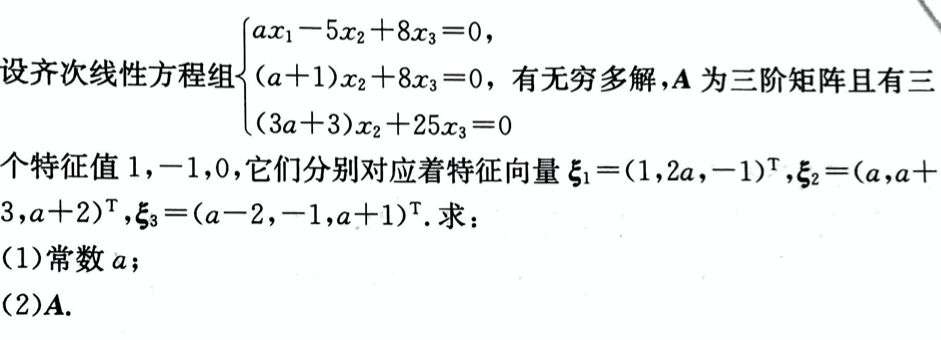Text 3 It is a good time to be a fisherman.The global fish-price index of the UN's Food and Agricultural Organization(FAO)hit a record high in May.Changing consumer diets,particularly in China,explain much of the sustained upward movement.High oil prices,which increase the cost of fishing and transportation,also add to the price of putting fish on Lhe table.Not all fish are creaLed equal,however.There are two types of fish production:"capture"(or wild)and"aquaculture"(or farmed).And they seem to be on different tracks.Fish such as tuna,the majority of which is cau~;ht wild,saw much bigger price increases than salmon,which is easier to farm.Overall,the FAO's price index for wild fish nearly doubled between 1990 and 2012,whereas the one for farmed fish rose by only a fifth.What explains this big difference?The amount of wild fish captured globally has barely changed in the past two decades.The ceiling,of about 90m tonnes a year,seems to have been reached at the end of the 1980s.Overfishing is one reason,as is the limited room for produclivity growth,particularly if consumers want high quality.Patrice Guillotreau of the University of Nantes tells the story of a fleet in France that decided to trawl,rather than line-catch,its tuna.It braughi more back to shore,but the fish were damaged.It could not be sold as high-value fillets and was only good for canning.The old ways of catching fish are still best if you want the highest profits,says Mr CuiUotreau.In contrast,the farmed-fish industry continues to make productivity improvements.Fish farms have found crafty ways to use lower quantities of fish meal as feed.In the early days of aquaculture,it could take up to ten pounds of wild fish to produce one pound of salmon.Now the number is down to five.That may still be an inefficient use of protein,but the ratio is set to improve further.Fish farms have also become more energy-efficient,meaning that they are less affected by higher energy pnces.And they have learned how to handle diseases beUer,reducing the quanlity of fish that ends up being unsellable.As a resuli of all these improvements,the global production of farmed fish,measured in tonnes,now exceeds the producUon of beef.Output is likely to continue growing:the FAO estimates thal by 2020 it will reach six times its I990 level.
The most suitable title for the text is_____
- A.Wild Fish:Demand Decides Price
- B.The Rising Price of Rare Wild Fish
- C.Ffumed Fish:Making Improvements
- D.The Prices of Fishes:Rising Differently
正确答案及解析
正确答案
解析
主旨题。文章首段引出话题:全球鱼类价格上涨。第二段指出:并非所有鱼类都涨幅相同,并引出野生鱼和养殖鱼这两个种类.接下来几段分别讨论野生鱼和养殖鱼上涨幅度不同的原因。选项[A]Wild Fish:Demand Decides Price“野生鱼:需求决定价格”;该项突出讨论野生鱼.全文只有第三、四两段突出讨论野生鱼,该项属于片面选项,故排除。[B]The Rising Pnce of Rare Wild Fish“稀有野生鱼价格上涨”;该项同样突出野生鱼,与[A]-样为片面选项。[C]Farmed Fish:Making Improvements“养殖鱼:不断进步”;该项突出养殖鱼,而文章只有第五、六段重点讨论养殖鱼,该项同属于片面选项,故排除。[D]The Price of Fishes:Rising Differently“鱼类价格:上涨幅度不同”;该项符合文章主旨,尤其risinS differently强调了不同鱼类涨幅不同,故该项为答案。




